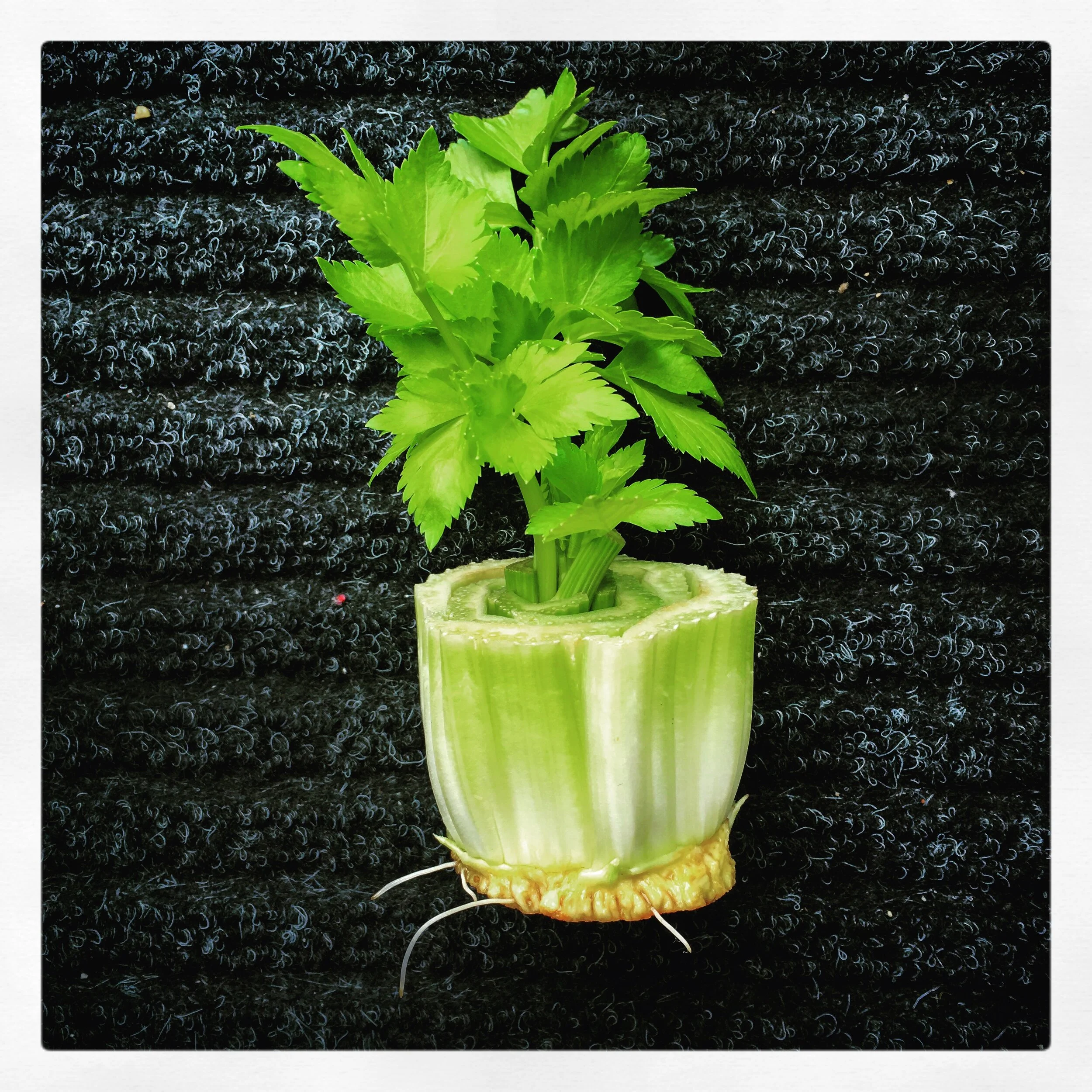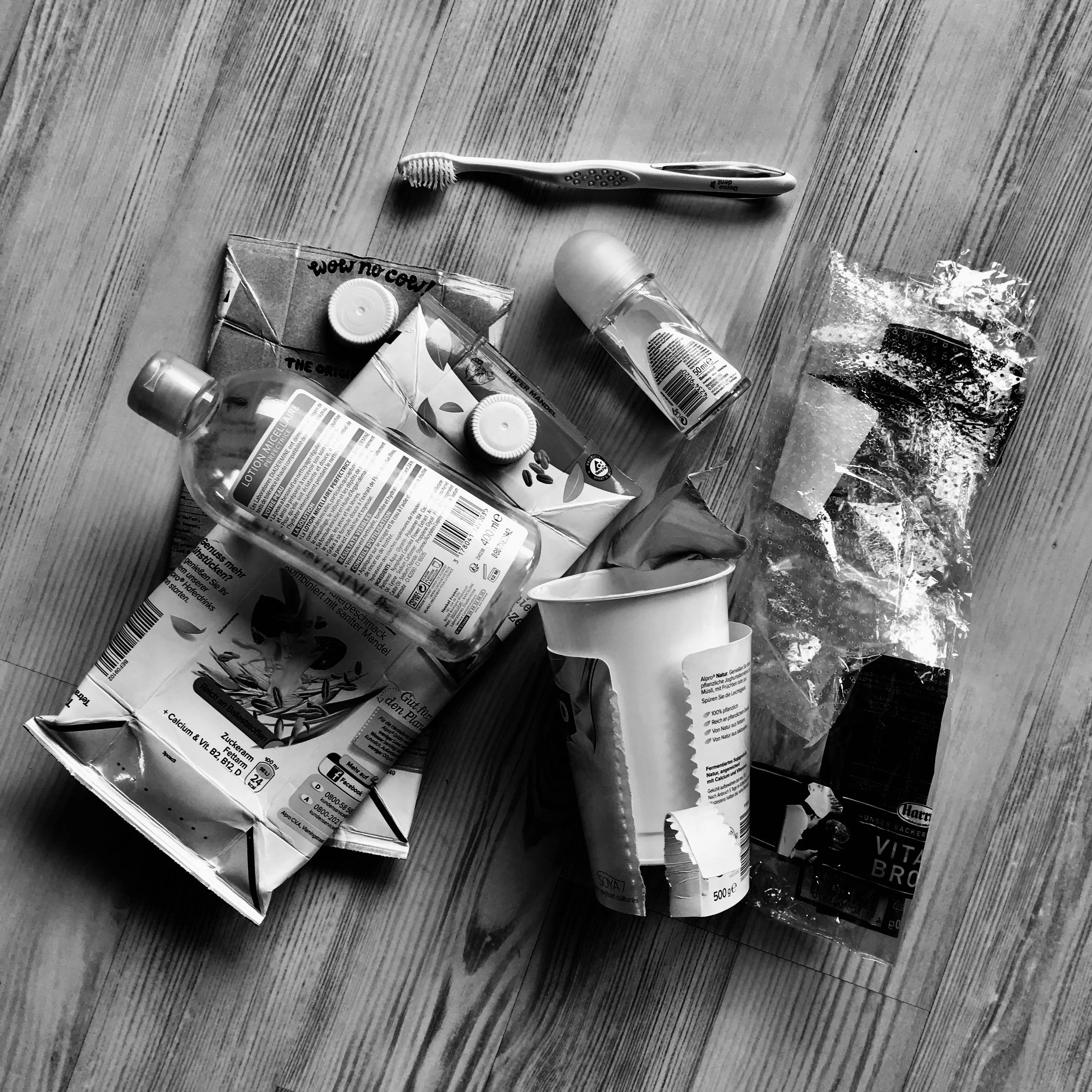Lower Waste. Less Plastic. Most Imperfectly. (Part 1)
A while ago on my social media feed I read this phrase: “we don´t need a few vegans doing it perfectly, we need seven billion people doing it imperfectly” (might have gone differently, but you get the point). This can also translate to a lower waste and less plastic living. It is about all of us being willing to do our part, try new habits and keep the momentum of change going…
Disclaimer: the products, creators, companies and locations mentioned are sincere consumer opinions, from my point of view as a plant based enthusiast and yoga newbie, seeking to improve life... my way. None are paid advertisements.
The explosion in this last year (2019) of more “eco-friendly” products makes it impossible to look away. They are everywhere, in every shop, in every magazine, in every supermarket. You know when a movement has taken ahold of the public when newly coined terms appear, for example: “greenwashing”, which means when marketing misleads the consumer with claims that sound more environmentally friendly but might fail to be upon a closer look.
Don´t get me wrong, marketing misleading aside, I am delighted to see the pressure put upon the large companies, pressure set by the voice of more awake consumers and kept real by the small startups that show how possible it is to make a business and still try to do the right thing. The choices are endless: from bamboo replacing standard forest sourcing, to cruelty free vegan products, to downright refill and reuse options.
Here two examples: These q-tips are identical to plastic ones and the dental floss made of cornstarch, also works the same as its plastic counterpart.
However, do you really need to buy all these new products in order to live a lower waste life?
I´m not a supporter of just getting rid of everything plastic and start buying all those super fancy water bottles, or luxury bento boxes and the instagrammable mason jars. First: I use and reuse as much as I possibly can from what I already have. Second: I only choose those products that I feel might suit my life, my reality, the level of effort I am willing to put into this… I don´t make a choice anymore, just because some marketing person claims that “I must have this”.
In this photo you will probably recognize most of it and some of it will look weird. Lines below, you will find the explanation of my little collection of items that are enabling me a lower waste living.
Smack in the middle, all silvery and looking like new, I have a coffee mug that was gifted to me when I travelled to Los Angeles for a Nestle training back in 2009. 10 years with me, and still going strong.
As you can see, I am an uncurable glass hoarder. I once bought a commercial kombucha drink just because I found that the bottle and its screw cap were such high quality… and this became my refillable water bottle I carry on my backpack at all times (that brown bottle featured in the middle of the photo). I don’t need to buy one of those fancy 30eur stainless steel bottles.
I am now more mindful of “bags”.
During my awakening of last year, I realized how “normal” it seemed to use plastic bags for just about everything, and after learning that the likelihood that those bags get recycled is ZERO and hitting a landfill is 100%, then I made the canvas bags my “new normal” for my groceries, specially knowing how intuitively (ie. Unplanned!) I have become when shopping for food items. These two featured in the left of the photo are my favourite that have a special meaning for me.
A second step I took on top of the canvas bags was the switch to those nylon net reusable bags.
At the beginning, when I first started to used them more than a year ago, German cashiers looked at the bag like I had made a mistake! But to my relief in the last months it has become the most normal thing in the world. I now buy bulk kale (like in the photo) or anything unpackaged and small sized that needs to be paid by weight and you can stick the barcode label to that fabric tag thingy.
The habit of keeping these two bag “innovations” folded small in my backpack at all times, has made a huge impact in avoiding the horrific single-use plastic bags, it means zero effort and just takes up a little space if you fold your bag as best as you can.
About garbage bags: for the larger size 20l plus, I am trying my best to steer myself away from those since they are made from ordinary plastic, this means they will stay in landfill forever. For me, the way around this hiccup, is to use 10L smaller size compostable bags and I just make the habit of taking out the trash more often to my building´s communal garbage bins. Here in Germany, compostable bags have become so ubiquitous, you find them in most stores under their “white brand” (meaning: the supermarket own discount brand) and look for the compostable claim. “Gut und gunstig” brand from Edeka has a rather cheap offer that I can be 100% sure is made from other than fossil fuel plastic. This one is not “greenwashing”.
A little more effort versus a lower footprint.
Cloth linen napkins has been such a gamechanger when it comes to using less paper towels. I do still have a roll always hanging around when I need to observe strict hygiene when running my fermentation experiments where a washcloth might make me doubt microbiologically; but I use so little of them that I don’t even remember when was the last time I bought a paper three-pack… maybe at the beginning of the year?
A somewhat weird item: silicone flexible lid covers meant to replace cling film. I was skeptical on how useful they could be since their purpose seemed uni-dimensional, but the evidence speaks for itself: the roll of clingfilm that I still have in my kitchen drawer is from more than three years ago! Again, there are moments where single-use is paramount to run food experiments safely, but for the daily leftovers that will get reheated in my trusty microwave and plastic tupperware is less than advisable, but rather use one of my beautiful heat safe ceramic bowls; I then use the silicone lids to make an almost fully watertight cover during its stay in my fridge. After that, it is just a rinse and reuse. They get a little yellow overtime, but I do not see a safety issue with that.
The latest addition to my repertoire are reusable ziplock bags. I am an 80´s kid and vividly remember how back in Peru, a ziplock bag was an absolute luxury and I got into the habit of always reusing them whenever possible. A quick rinse, hang them somewhere in my kitchen to dry and used again and again until the zipper broke or the plastic got punctured, only then I throw them away. I recently ran out of them ziplocks, so I made the choice of buying a few high quailty reusable ones, which I absolutely adore.
About kitchen scraps…
What about that weird plant featured in the cover photo? Well, that can be somewhat confusing but proudly and purposefully featured. That is my over-the-top oh-so-beautiful yet-inedible celery plant that I grew from kitchen scraps since a long time ago. It is my new houseplant pet and you shall see him more often in my posts. Sometimes I cannot make myself throw away plants, and I will find a second life to them.
Here the link to a post from a while back.
Speaking of not throwing away plants…
Being now a plant-based eater where whole-foods are predominant, I realized after any meal prep, that I had a big pile of odd bits that end up in the garbage (for instance: the carrot peels, the zucchinis or stringbeans top and tails, the celery leaves and skins from onions and garlic). These trimmings being from my weekly organic produce haul, I wondered if I could make better use of them… If you are striving for a lower waste living and are up for a little bit more effort, then you gotta try this.
Get in the habit of rinsing your veggies a bit more carefully and keep a (reused) 5L ziplock bag in your freezer. Every time you got some kitchen scraps, put them in the bag. When the bag is full, dump the contents in a large pot, cover it with filtered water and after a few minutes boiling, you will see a veggie broth with the deepest maroon colour thanks to the plant antioxidants (anthocyanins, lycopene and carotenoids) that leach into the water, arguably there will be some vitamin content (watersoluble B vitamins maybe, vitamin C gets mostly destroyed by heat) and definitely valuable trace minerals that would have otherwise gone to waste.
That veggie broth I fill it in clean upcycled glass jars with decent airtight lids and can be stored in my fridge until I find a good use (important: a couple of weeks storage is only safe when enough vacuum is created during the filling, closing, and cooling process…if you don’t have home canning experience or are not familiar with words like “headspace”, I recommend you use that broth right away and not risk it).
Benefit is two fold: besides less waste and more nutritional value, you also have a much better taste! If you make soups, stews or curries, it makes a WORLD of difference if you use this veggie broth instead of just water. If you put in this added effort, you can avoid to buy packed bouillon cubes or tetrapak cartons with “fond” that can easily be made with your own kitchen scraps.
Link to a recent post about using this #lowerwaste veggie broth.
So there you have it: all of these examples I have given in this post, have a common connecting thread: Planet over comfort, this is the overarching mindset behind the concept: Reduce – Reuse.
Coming up soon…
Part 2: Most imperfectly: in the bathroom. Changes that are working very well for me.















